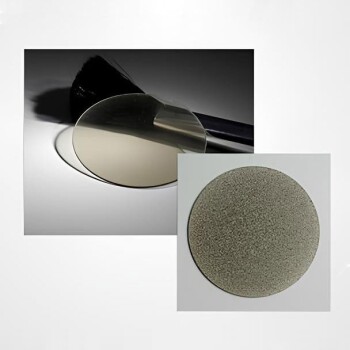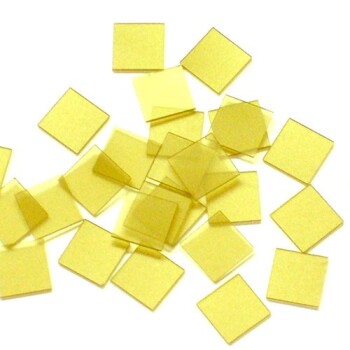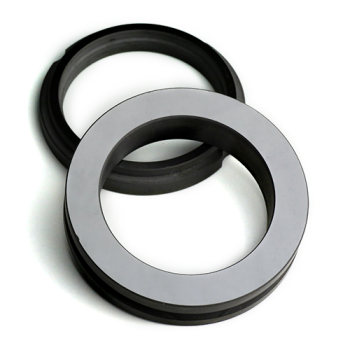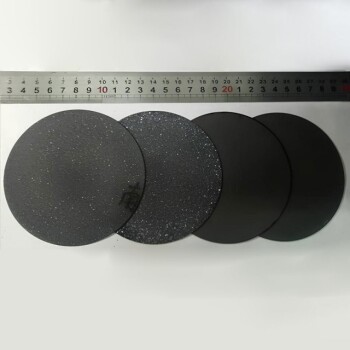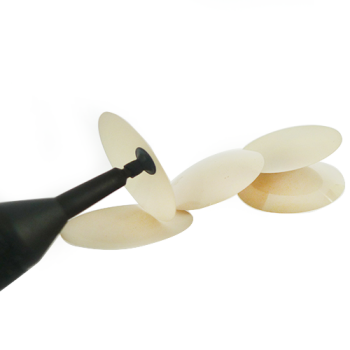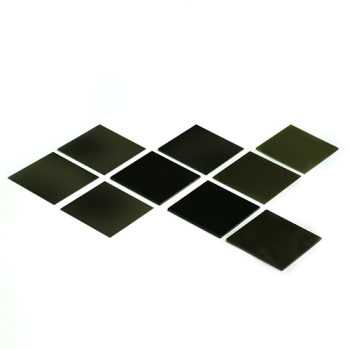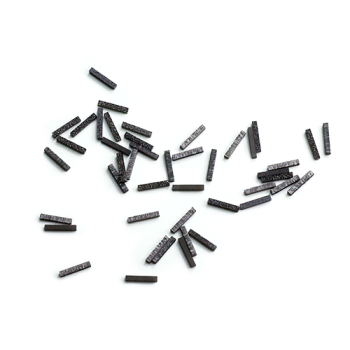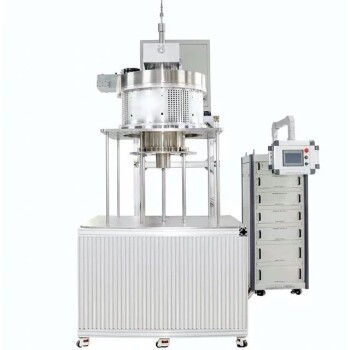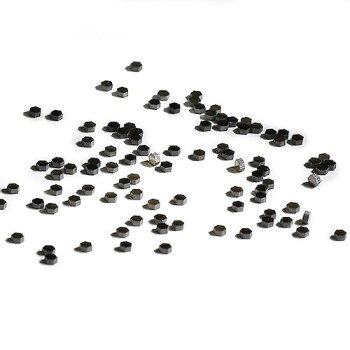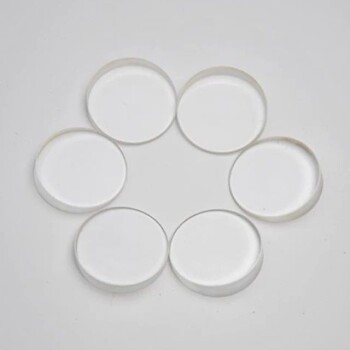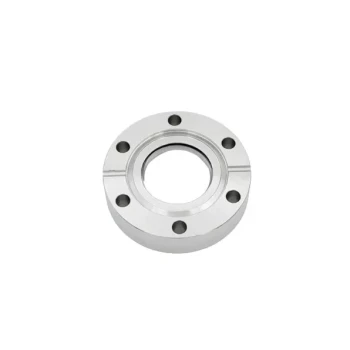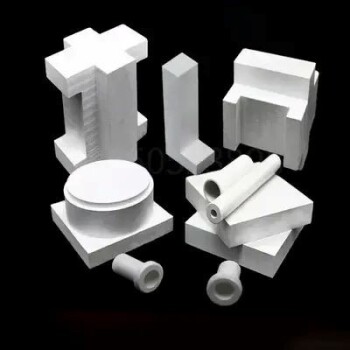Introduction to CVD Diamond Optical Windows
Challenges with Conventional Optical Window Materials
Conventional optical window materials encounter numerous operational challenges when deployed in extreme environments. One of the primary issues is optical aberrations that arise under extreme temperature fluctuations. These aberrations can significantly distort the transmitted light, compromising the precision and accuracy of optical systems. For instance, materials like glass and certain polymers tend to expand or contract at varying rates, leading to changes in their refractive indices and, consequently, optical distortions.
Another critical challenge is chemical sensitivity, which often results in corrosion. Many conventional materials are susceptible to chemical reactions with their surroundings, especially in harsh environments where corrosive agents like acids, bases, or reactive gases are prevalent. This chemical instability can lead to degradation of the material's optical properties over time, reducing its effectiveness and lifespan.
Furthermore, conventional optical windows are often susceptible to damage under high-power radiation conditions. High-energy laser applications, for example, can generate significant heat and radiation that conventional materials struggle to withstand. This susceptibility not only limits the durability of the windows but also poses safety risks, as damaged windows can lead to system failures or hazardous conditions.
| Challenge | Description | Impact |
|---|---|---|
| Optical Aberrations | Distortion of transmitted light due to material expansion/contraction | Reduces precision and accuracy of optical systems |
| Chemical Sensitivity | Susceptibility to chemical reactions leading to corrosion | Degrades optical properties over time, reduces lifespan |
| Damage under Radiation | Inability to withstand high-power radiation and heat | Limits durability, poses safety risks, and can cause system failures |
These limitations highlight the need for advanced materials like CVD diamond, which offer superior performance in extreme conditions, thereby overcoming the bottlenecks faced by conventional optical material window materials.
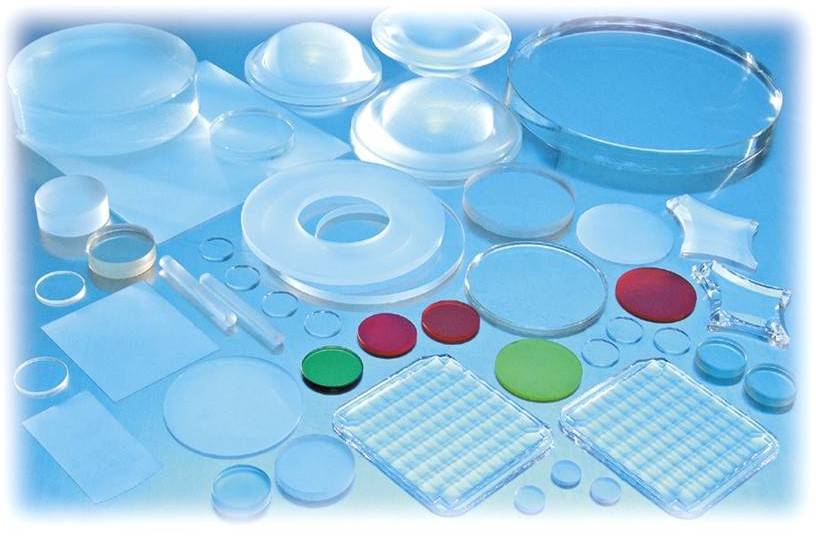
Diamond's Superior Properties
Diamond's exceptional physical and chemical properties render it an indispensable material for specific high-tech optical applications, particularly in precision measurements and intense laser processing. The unique combination of its strong covalent bonds and rigid structure bestows diamond with a range of superior attributes, including unparalleled hardness and stiffness, high room-temperature thermal conductivity, low thermal expansion, and remarkable radiation hardness. Additionally, diamond's chemical inertness to most acidic and basic reagents further solidifies its suitability for demanding environments.
| Property | Description |
|---|---|
| Hardness | Unparalleled hardness ensures durability and resistance to abrasion. |
| Stiffness | High stiffness contributes to its use in precision instruments. |
| Thermal Conductivity | Exceptional heat dissipation, ideal for high-power lasers. |
| Thermal Expansion | Low thermal expansion minimizes distortion under varying temperatures. |
| Radiation Hardness | Resistant to radiation damage, suitable for extreme environments. |
| Chemical Inertness | Inert to most acids and bases, ensuring long-term stability. |
Despite its great potential, the high cost, limited size, and difficulty in controlling impurities of natural and synthetic high-pressure, high-temperature (HPHT) diamond have historically constrained its applications. Consequently, Chemical Vapor Deposition (CVD) diamond has emerged as the most promising avenue for synthetic diamond production, offering enhanced control over purity and scalability.
The optical properties of diamond, such as its high refractive index, zero birefringence (if unstressed), and dispersion, contribute significantly to its pre-eminence as a gemstone. These properties give diamond its characteristic 'brilliance,' 'sparkliness,' and 'fire,' which are crucial in optical applications. Brilliance, the ability to reflect light, is influenced by the cut and refractive index, while sparkliness and fire are measures of the variation in intensity and dispersion of light, respectively. These optical attributes make diamond an ideal choice for applications requiring high light transmission and minimal distortion.
In summary, diamond's superior properties not only make it a gemstone of unparalleled value but also position it as a critical material in high-tech optical applications, particularly where resilience, precision, and performance under extreme conditions are paramount.
Market Growth and Applications
Future Market Potential
The future market for diamond optical windows is poised for robust growth, fueled by significant advancements in Chemical Vapor Deposition (CVD) diamond technology and a burgeoning demand across several high-end industries. These industries include aerospace, military, high-power laser applications, and scientific research, all of which require materials that can withstand extreme conditions and perform with unparalleled precision.
In the aerospace sector, the need for lightweight, durable materials that can endure high temperatures and pressures is driving the adoption of CVD diamond optical windows. Similarly, in the military domain, the high-power laser applications necessitate optical windows that can handle intense radiation without degradation, making diamond an ideal choice.
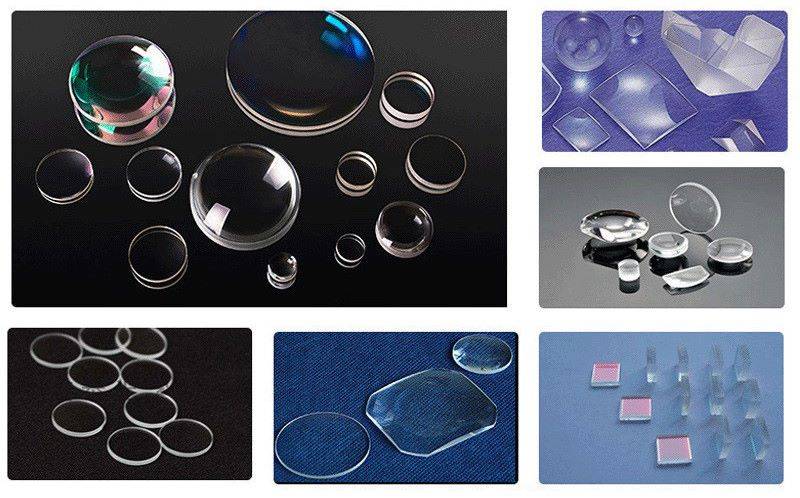
Scientific research is another critical area where diamond optical windows are gaining traction. The unique properties of diamond, such as its high transparency across a wide spectral range and exceptional thermal conductivity, make it indispensable for precision measurements and advanced laser processing. As research and development efforts continue to push the boundaries of what is possible, the demand for these advanced optical windows is expected to surge.
Moreover, the continuous innovation in CVD diamond technology is not only enhancing the quality and performance of these optical windows but also making them more cost-effective, thereby broadening their appeal and market reach. This technological evolution is set to further catalyze market growth, positioning diamond optical windows as a cornerstone in the advancement of high-tech optical applications in extreme environments.
Role in Technological Innovation
Diamond optical windows are poised to significantly influence future technological advancements and industrial growth, especially in applications that demand resilience in extreme environments. These windows are not merely passive components; they are active enablers of innovation, facilitating breakthroughs in fields ranging from aerospace to high-power laser technology.
In aerospace, for instance, diamond optical windows can withstand the extreme temperatures and pressures encountered during space missions, ensuring accurate data collection and transmission. This robustness is crucial for the success of satellite systems and deep-space probes, where failure is not an option. Similarly, in military applications, these windows provide essential durability and clarity for advanced targeting and surveillance systems, enhancing operational efficiency and safety.
Scientific research also stands to benefit immensely from diamond optical windows. Their ability to maintain optical integrity under high-power radiation and extreme temperatures makes them ideal for use in particle accelerators and fusion reactors. This reliability ensures that experiments can proceed without interruption, leading to more accurate and timely results.
Moreover, the unique properties of diamond optical windows—such as their high thermal conductivity and mechanical hardness—make them indispensable in high-power laser systems. These systems require materials that can dissipate heat efficiently and resist damage from intense laser beams, both of which diamond excels at. As laser technology continues to advance, the role of diamond optical windows will only become more critical, driving innovation in fields like medical surgery, material processing, and telecommunications.
In summary, diamond optical windows are set to play a pivotal role in shaping the future of technology and industry, particularly in sectors that operate under extreme conditions. Their superior properties ensure not only survival but also optimal performance in the harshest environments, making them an essential component of cutting-edge technological advancements.
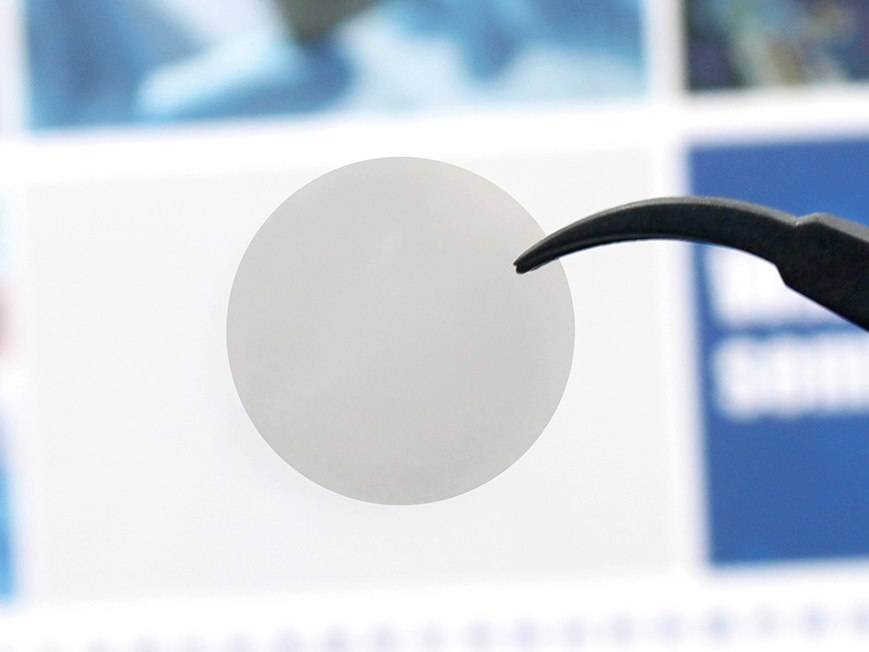
Technical Advantages of Diamond Optical Windows
Optical Transmittance
Diamond's unique crystal structure is a marvel of nature, enabling it to exhibit exceptionally low optical absorption and remarkably high transparency across an extensive spectral range. This extraordinary property spans from the far-ultraviolet (UV) to the far-infrared (IR) spectrum, making diamond optical windows indispensable for a variety of high-tech applications.
In the far-ultraviolet region, diamond's transmittance remains superior, allowing it to be used in UV spectroscopy and high-precision astronomical observations where other materials falter due to significant absorption. Conversely, in the far-infrared domain, diamond's transparency ensures clear transmission of signals, which is crucial for applications in thermal imaging and infrared spectroscopy.
| Spectral Range | Typical Applications |
|---|---|
| Far-UV | UV spectroscopy, astronomical observations |
| Visible | High-precision measurements, laser optics |
| Far-IR | Thermal imaging, infrared spectroscopy |
This wide-ranging transparency is not merely a theoretical advantage but a practical one, enabling diamond optical windows to perform reliably in extreme environments where other materials would fail. Whether in the vacuum of space, the intense heat of a laser chamber, or the corrosive atmosphere of a chemical reactor, diamond's optical properties remain uncompromised.
Moreover, the consistent optical performance of diamond across various wavelengths reduces the need for multiple window materials, simplifying the design and integration of optical systems. This single-material solution not only lowers costs but also enhances the overall efficiency and reliability of optical instruments in high-tech applications.
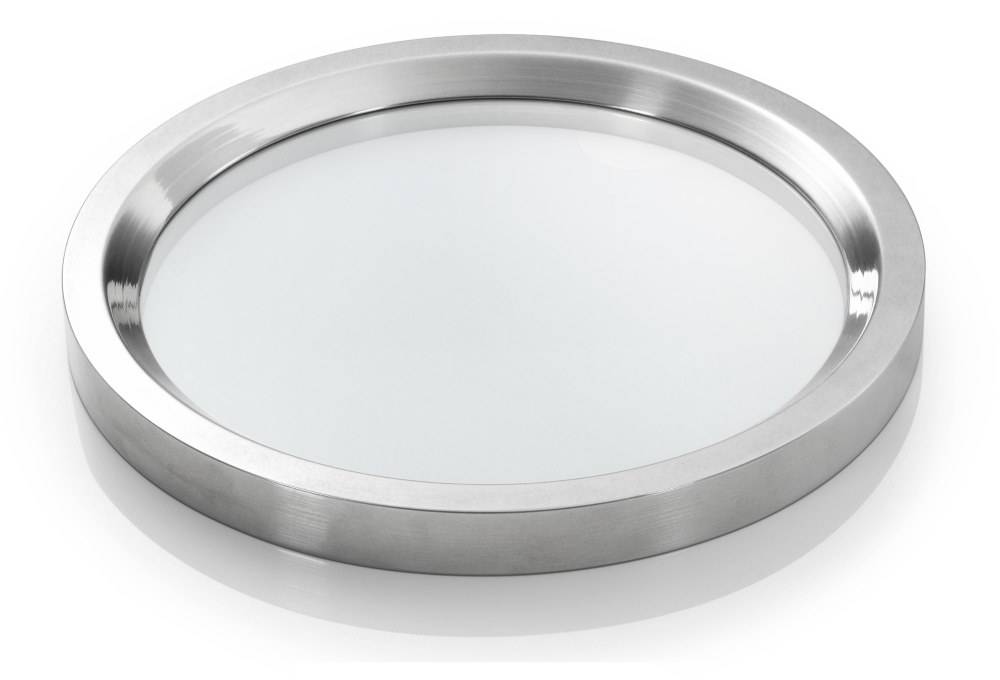
Thermal Conductivity
Diamond stands out for its exceptionally high thermal conductivity, a property that significantly enhances its suitability for high-power lasers and other heat-dissipating applications. This thermal property is primarily determined by the mineralogical composition, density, and porosity of the material. Unlike many other materials, diamond's thermal conductivity remains consistently high across various temperatures and conditions, making it an ideal choice for environments where heat management is critical.
Thermal conductivity is a measure of how effectively heat propagates through a material. In diamond, this property is further amplified by its isotropic nature, meaning it conducts heat uniformly regardless of the direction of heat flow. This is in stark contrast to anisotropic materials, which exhibit varying thermal properties based on the direction of heat transfer. The high thermal conductivity of diamond is attributed to the energetic motion of its molecules, which efficiently transfer heat within its structure.
The superior thermal conductivity of diamond is particularly advantageous in high-power laser systems, where rapid and efficient heat dissipation is essential to prevent damage and ensure optimal performance. This capability also extends to other applications requiring effective heat management, such as in aerospace and military sectors where extreme conditions are prevalent.
In summary, diamond's exceptional thermal conductivity not only supports its use in high-power laser applications but also underscores its versatility in various high-tech industries where heat dissipation is a critical factor.
Mechanical Hardness
Diamond's unparalleled mechanical hardness is a cornerstone of its durability, particularly in extreme environments where materials are subjected to constant abrasion and potential scratching. This exceptional hardness, which is significantly higher than that of most other materials, ensures that diamond optical windows maintain their integrity and optical clarity even under the most demanding conditions.
In practical applications, this means that diamond optical windows can withstand the rigors of high-stress environments without incurring damage. Whether in the high-speed particle collisions of aerospace applications or the intense mechanical stress of military equipment, diamond's hardness provides a level of protection that is simply unmatched by other materials. This resilience is crucial for maintaining the precision and performance of optical systems, where even minor scratches or abrasions can lead to significant optical aberrations and reduced functionality.
Moreover, the mechanical hardness of diamond is complemented by its ability to resist wear and tear over extended periods. This long-term durability is especially important in industries where equipment maintenance and replacement can be costly and time-consuming. By reducing the need for frequent replacements and repairs, diamond optical windows contribute to the overall efficiency and cost-effectiveness of high-tech optical systems.
In summary, diamond's mechanical hardness is not just a measure of its physical strength but a critical factor in ensuring the reliability and longevity of optical windows in extreme environments. This property allows diamond to excel where other materials falter, making it an indispensable choice for high-end applications in aerospace, military, and scientific research.
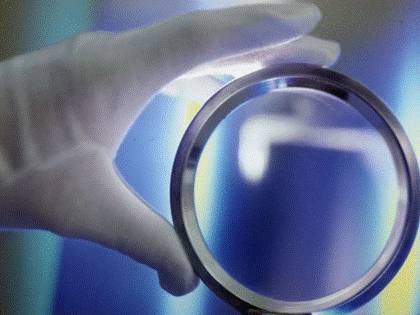
Chemical Inertness
Diamond's exceptional chemical inertness is a direct result of its high dissociation energy of carbon-carbon bonds, which renders it highly resistant to chemical reactions. This property is particularly advantageous in extreme environments where conventional materials might succumb to corrosion or degradation. Unlike many other materials, diamond remains unaffected by acids and bases even under standard room temperature and pressure conditions.
This chemical stability is crucial for applications in industries such as aerospace and military, where exposure to harsh chemical agents is a common risk. For instance, in aerospace, diamond optical windows can withstand the corrosive effects of rocket fuel and oxidizing agents, ensuring long-term reliability and performance. Similarly, in military applications, the ability to resist chemical attacks enhances the durability and lifespan of optical devices used in surveillance and targeting systems.
Moreover, diamond's chemical inertness extends its utility to scientific research, where optical windows are often exposed to a variety of reactive chemicals. In high-power laser systems, for example, the optical components must endure not only intense thermal stress but also potential chemical interactions with the laser medium. Diamond's resistance to such interactions ensures that the optical windows remain clear and functional, thereby maintaining the integrity of the laser system.
In summary, diamond's chemical inertness, stemming from its robust carbon-carbon bonds, makes it an ideal material for optical windows in high-tech applications across various extreme environments. This property not only enhances the longevity and reliability of the optical components but also broadens the scope of their potential applications.
Related Products
- CVD Diamond Optical Windows for Lab Applications
- CVD Diamond for Thermal Management Applications
- Custom CVD Diamond Coating for Lab Applications
- Laboratory CVD Boron Doped Diamond Materials
- CVD Diamond Domes for Industrial and Scientific Applications
Related Articles
- Unlocking the Power of Optical Quartz Plates: Applications and Benefits
- How to Achieve High Quality Single-Crystal Diamond with MPCVD
- Advanced Applications of Cultivated Diamonds in Semiconductors and High-End Manufacturing
- Advancements in Diamond Optical Window-Related Components
- CVD Diamond: Superior Material for Optical Windows

